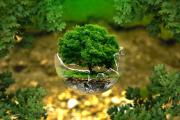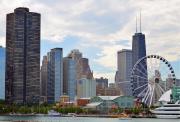Green Building
Today, everyone seems to be talking “green.” When it comes to water-efficiency and water conservation, this term represents an extremely important trend affecting design professionals, building owners and managers, manufacturers, end-users, water utilities, government and certainly the water-efficiency practitioner.
Opinions and definitions vary from individual to individual on the meaning of the term “green.” Here is the State of California’s definition: "Green Building - A holistic approach to design, construction, and demolition that minimizes the building’s impact on the environment, the occupants, and the community." (California Building Standards Commission) ![]()





